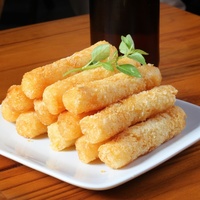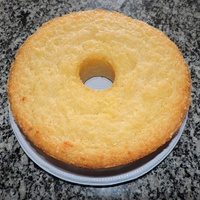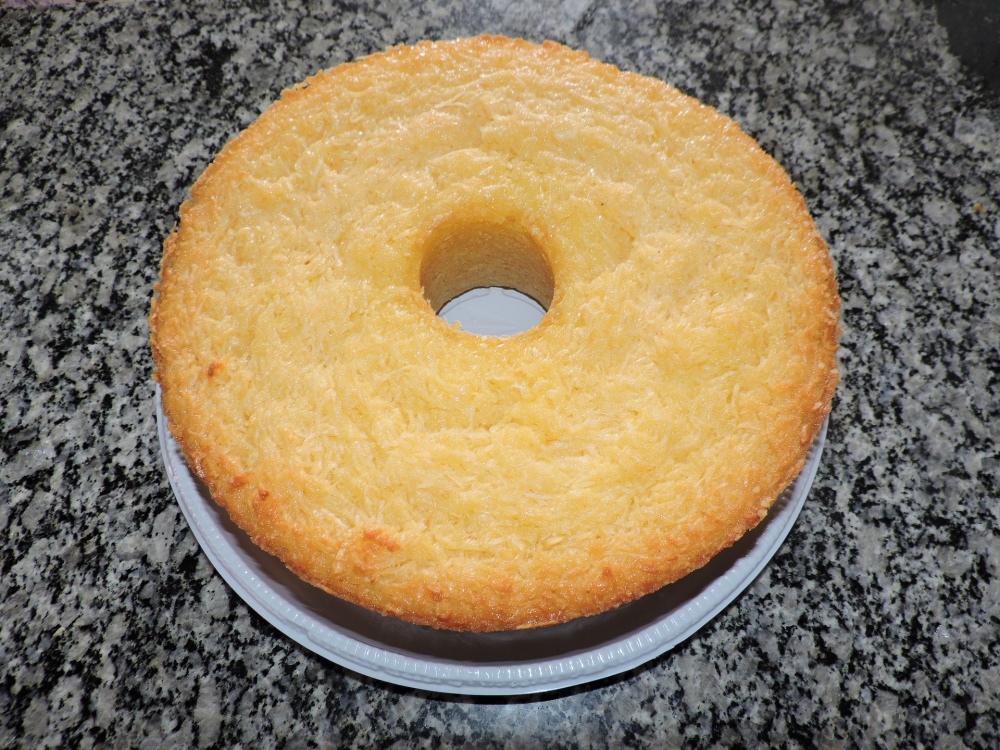Common name: Cassava
Other common names: Brazilian arrowroot, Manioc, Tapioca
Description
Cassava is one of the most widely cultivated root crops, probably second only to the Potato (Solanum tuberosum), with the tubers used for food, livestock feed, and raw material in a diverse range of industries.
Originating in South America, the plant's natural range extends from Guyana, Surinam and Venezuela in the north of the continent, south to central Brazil.
A shrubby perennial, it develops semi-woody, grey-brown and jointed cane-like stems 2 to 3 m (7 to 10 ft) tall. These sprout from underground tubers to form clumps of stems, erect and topped with large, deeply-lobed, green palmate leaves. The leaves are attached to the stems by long slender stalks that may be green or crimson red, depending on the variety. All parts of the plant exude a sticky, milky-white latex when wounded.
The underground tubers are where the plant stores starch as a reserve during dormant periods when there is insufficient warmth or moisture for growth. These are typically cylindrical-shaped with a tapered point, 20 to 60 cm (0.7 to 2 ft) long, sometimes longer, and have starchy white or pale yellow pulp wrapped in thick brown skin. A single plant produces from five to ten tubers radiating from the stem base.
Flowers are small, five-petaled, green or crimson-red, depending on the variety and either female or male in the same cluster. Female flowers open about a week before the male flowers, aiding cross-pollination. Fertilized female flowers develop into six-winged seed capsules containing three elliptical, brown or grey mottled seed.
There are many varieties of Cassava, varying in aspects such as plant size, leaf shape and size, tuber shape and size, pulp colour and adaptation to specific climates. However, they are more commonly divided into two main types, those with sweet and those with bitter pulp, the descriptor 'bitter' referring to the latter's poisonous properties.
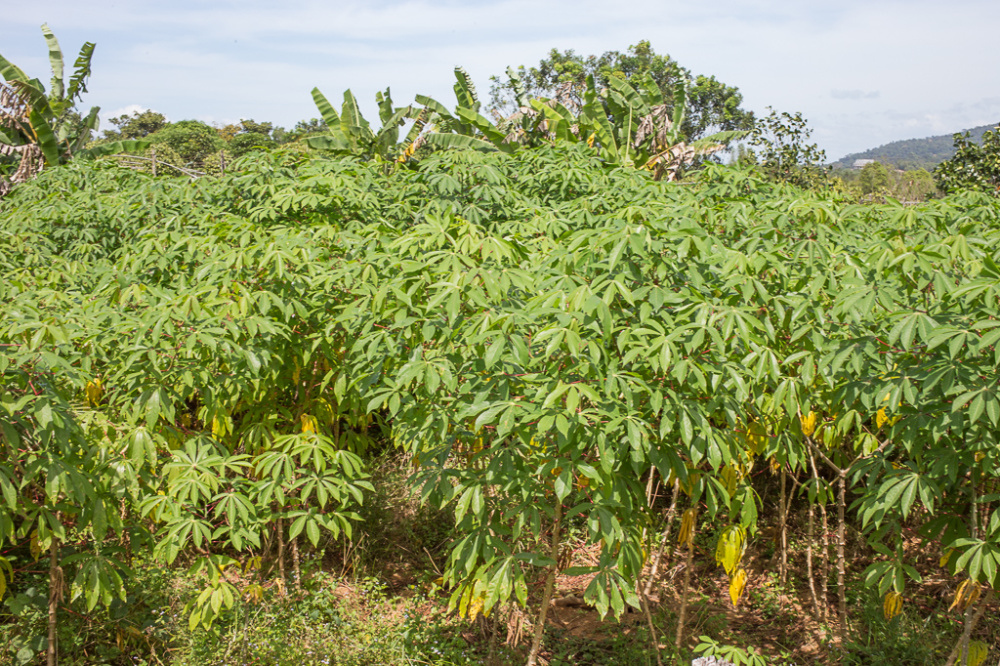
Cassava plants (Phu Quoc Island, Vietnam)
Use
Cassava tubers contain Prussic acid (Hydrogen cyanide), a poison, and the 'Bitter' types contain greater amounts than the 'Sweet'. Necessitating that tubers of the 'Bitter' types be processed to remove the poison before being eaten.
Removing the prussic acid is done in three stages. First, the tubers are peeled, rinsed and then finely grated. The grated pulp is then pressed through a basket, bag or cloth to extract the juice (the main carrier of the poison), leaving behind a dry, coarse flour. The final stage involves heating or cooking the flour, which causes any remaining prussic acid to dissipate. Grinding, milling and sifting after that results in the end product 'Cassava flour'.
Cassava flour and starch made from it are used worldwide in enormous quantities in food, livestock feed and for a range of industrial purposes.
Cassava flour being gluten-free is increasingly combined with other gluten-free flours, such as rice, potato, corn, coconut, amaranth and buckwheat, to make gluten-free bread and other baked goods. And more so than other gluten-free flours, cassava flour adds 'bite' and a chewy texture to gluten-free products, making it an indispensable component.
A fine starch known as 'Tapioca starch', made by washing the flour and separating out the fibres, is widely used as a gluten-free thickening agent in foods, including soups, sauces, ice-cream and other dairy and non-dairy desserts. It is also used for making instant noodles and chewy tapioca 'pearls' used in the 'pearl drinks' and 'bubble teas' served in Asia.
Brewers in tropical countries are also increasingly turning to tapioca starch to replace maltose corn syrup in brewing beer and other alcoholic beverages.
Cassava starch is the main source of sorbitol, a starch-derived, low-calorie sugar substitute used in manufactured food products such as sugar-free candies, chewing gum, baked goods, and diet drinks or other low-calorie products. Sorbitol is also used in some medications and personal care products, such as toothpaste and mouthwash, to provide sweetness and improve texture.
Other industrial uses for tapioca starch include yarn sizing in textile processing, paper pressing and polishing in papermaking, in animal feed as a binder, as a binding adhesive in plywood and for distilling into industrial and medicinal alcohol. Tapioca starch is also much used in the pharmaceutical industry as a spray starch for coating tablets, pills and capsules, as well as a binder, glidant (for improving flowability) and disintegrant (for causing pills and tablets to disintegrate and release their medicinal substances when ingested).
New uses for tapioca starch under development include manufacturing bio-degradable plastic bags and food-service equipment, such as takeaway cups, fast-food containers and disposable utensils made by combining the starch with plant-based fibres. Biodegradable plastic derived from cassava (and other plant starches) is technically known as Polylactic acid (PLA).
Unlike the 'Bitter' types, tubers of the 'Sweet' types of cassava can be peeled, then roasted or baked, made into fries or chips (similar to sweet potato) or boiled and eaten as a starchy vegetable. The risk of prussic acid poisoning being removed by peeling away the skin and by cooking.
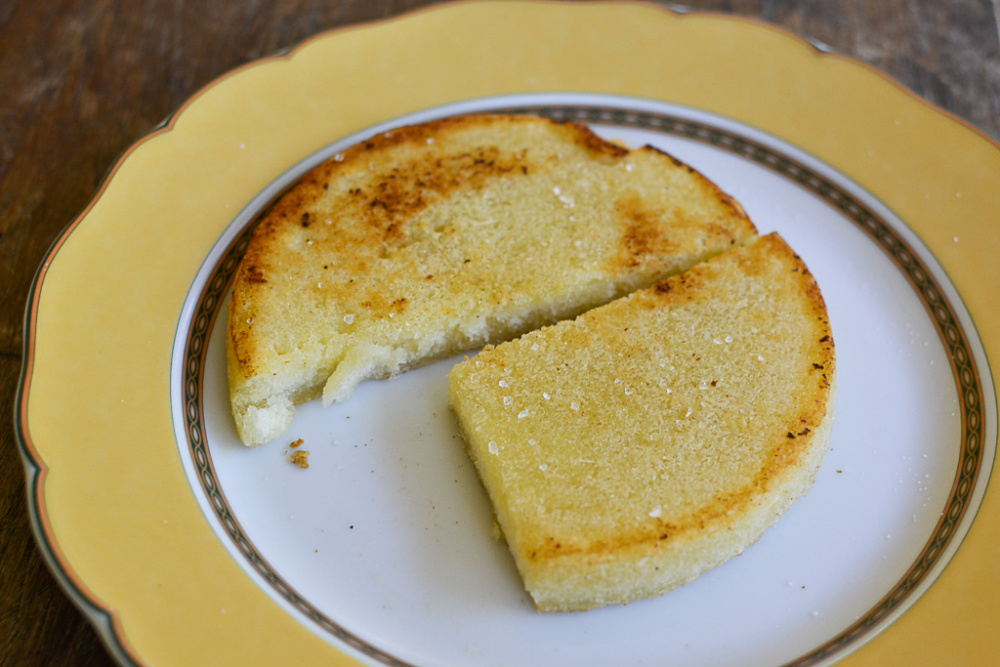
Jamaican cassava bread or 'Bammy' (Kingston, Jamaica)
Cassava cake, Brazil (Image by Suamy from Pixabay)
Health use
Cassava flour is a starchy food rich in carbohydrates, making it a good source of energy. It is also easily digestible and relatively high in calcium, phosphorus and iron.
General interest
Cassava starch is being increasingly used in Jamaica, by the country's main brewery, to replace high maltose corn syrup in the production of 'Red Stripe Beer', the island's premier larger, as well to produce various stout and malt beverages. This has led to a resurgence in local cassava cultivation.
Climate
Cassava grows naturally and produces edible tubers in sub-humid to humid subtropical and tropical climates, generally frost-free areas with annual lows of 14 to 25°C, annual highs of 26 to 35°C, annual rainfall of 800 to 5000 mm and a dry season of 6 months or less.
Although cassava also grows well in climates with no dry season, the perpetually wet conditions cause the plant to produce excessive above-ground growth at the expense of root tubers. In contrast, cassava cultivated with irrigation in dry climates (with a long or pronounced dry season) produces good yields of root tubers.
Growing
New plants are usually started from cuttings of mature canes taken from selected cultivars.
Cuttings about 15 cm (6 in) long are planted nearly horizontal in the soil, leaving one end about 5 cm (2 in) above the soil. A common practice is to grow the crop on soil mounds or ridges, so that the roots have enough room to grow down, and there is good drainage.
Soil preparation and planting are carried out during or near the end of the rainy season when there is sufficient soil moisture for good growth and development.
Performs best on deep, rich, friable and free-draining clay-loam, loam and sandy-loam soils of a moderately acid to alkaline nature, generally with a pH of 5.5 to 8.5, and on sites with full sun exposure. Cassava plants have good tolerance to limestone soils but do poorly on soils that are slow-draining or permanently wet.
The tubers may be harvested from eight to twelve months after planting, depending on the type, with 'Sweet' types generally maturing earlier than 'Bitter' types. Yields of more than 20 tons per hectare (8 tons per acre) have been reported but are on average around 10 tons per hectare (4 tons per acre).
Problem features
Eating cassava carelessly prepared is a poison risk that can result in serious illness and some cases death.
Cassava is listed as a weed in more than one reference publication but there does not appear to be any record of it as a serious weed anywhere. It is assessed as a low weed risk species for Hawaii by the Hawaii Pacific Weed Risk Assessment (HPWRA) project.
Where it grows
References
Books
-
Adams, C. D. 1972, Flowering plants of Jamaica, University of the West Indies, Mona, Greater Kingston
-
Bladholm, L. 1999, The Asian grocery store demystified, 1st edition, Renaissance Books, Los Angeles, California
-
Brady, G. S. & Clauser, H. R & Vaccari, J. A. 2002, Materials handbook : an encyclopedia for managers, technical professionals, purchasing and production managers, technicians and supervisors, 15th ed., McGraw-Hill, New York
-
Castner, J. L. & Duke, J. A., & Timme, S. L. 1998, A field guide to medicinal and useful plants of the Upper Amazon, Feline Press, Gainesville, Florida
-
Chevallier, A. 2000, Encyclopedia of herbal medicine, 2nd American ed., Dorling Kindersley, New York
-
Fawcett, W. 1891, Economic plants, An index to economic products of the vegetable kingdom in Jamaica, Jamaica Government Printing Establishment, Kingston
-
Fellows, P. 1997, Traditional foods : processing for profit, Intermediate Technology, Technical Centre for Agricultural and Rural Co-operation, London
-
Gohl, B. 1981, Tropical Feeds : feed information summaries and nutritive values (Revised edition), Food and Agriculture Organization of the United Nations (FAO), Rome
-
Hall, N. 1972, The use of trees and shrubs in the dry country of Australia, Australian Government Publishing Service, Canberra, Australian Capital Territory
-
Hanson, B. 2007, Buried treasures : tasty tubers of the world : how to grown and enjoy root vegetables, tubers, rhizomes, and corms, Brooklyn Botanic Garden, Brooklyn, New York
-
Herklots, G. A. C. 1972, Vegetables in south-east Asia, Allen and Unwin, London
-
Horton, D. 1988. Underground crops: long-term trends in production of roots and tubers. Winrock International, USA.
-
Imeson, A. 2010, Food stabilisers, thickeners and gelling agents, Wiley-Blackwell Publishing, Chichester, United Kingdom
-
Litzenberger, S. C. 1974, Guide for field crops in the tropics and the subtropics, Office of Agriculture, Technical Assistance Bureau, Agency for International Development (USAID), Washington D.C.
-
Macmillan, H. F. 1943, Tropical planting and gardening : with special reference to Ceylon, 5th ed, Macmillan Publishing, London
-
McNab, J. M & Boorman, K. N 2002, Poultry feedstuffs supply, composition and nutritive value, CABI Publishing, Wallingford, United Kingdom
-
Mollison, B. 1993, The permaculture book of ferment and human nutrition, Tagari Publications, Tyalgum, New South Wales
-
Morgan, D. & Achilleos, A. 2012, Roots : the definitive compendium with more than 225 recipes, Chronicle Books, San Francisco
-
Nelson, L. & Shih, R. & Balick, M. J., 2007, Handbook of poisonous and injurious plants, 2nd ed, New York Botanical Gardens, Springer, New York
-
Norrington, L. & Campbell, C. 2001, Tropical food gardens : a guide to growing fruit, herbs and vegetables in tropical and sub-tropical climates, Bloomings Books, Hawthorn, Victoria
-
Randall, R. P. 2002, A global compendium of weeds, R.G. and F.J. Richardson Press, Melbourne
-
Randall, R. P. 2007, The introduced flora of Australia and its weed status, Cooperative Research Centre for Australian Weed Management, Glen Osmond, South Australia
-
Rubatzky, V. E. & Yamaguchi, M. 1997, World vegetables : principles, production, and nutritive values, 2nd ed., Chapman & Hall, New York
-
Shanley, P. 2012, Fruit trees and useful plants in Amazonian life (Rev. eng. ed), the Center for International Forestry Research (CIFOR), and People and Plants International, and the Food and Agriculture Organization of the United Nations (FAO), Rome
-
Sonaiya, E. B. & Swan, S. E. 2004, Small-scale poultry production : technical guide, Food and Agriculture Organization of the United Nations (FAO), Rome
-
Standley, P. C. 1920, Trees and shrubs of Mexico, Government Printing Office (GPO), Washington D.C.
-
Stewart, A. 2013, The drunken botanist : the plants that create the world's great drinks, 1st ed., Algonquin Books, Chapel Hill, North Carolina
-
Tacon, A. G. & Hasan, M. R. 2009, Feed ingredients and fertilizers for farmed aquatic animals : sources and composition, Food and Agriculture Organization of the United Nations (FAO), Rome
-
Tindall, H. D 1983, Vegetables in the Tropics, Macmillan Press, London
-
Winters, H. F & Miskimen, G. W. 1967, Vegetable gardening in the Caribbean area, U.S. Dept of Agriculture, Washington D.C.
Articles, Journals, Reports and Working Papers
-
Clay, J.W. and Clement, C.R. 1993, Selected species and strategies to enhance income generation from Amazonian forests, FAO Working Paper, Food and Agriculture Organisation of the United Nations (FAO), Rome
-
Morton, J. F. 1976, Pestiferous spread of many ornamental and fruit species in south Florida. In Proceedings of the Florida State Horticultural Society (Vol. 89, pp. 348-353).
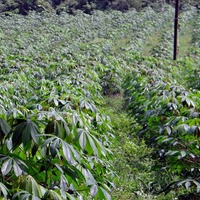
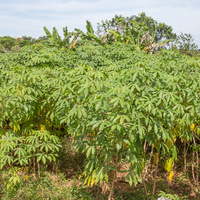
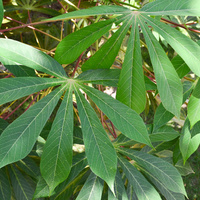
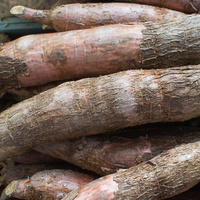
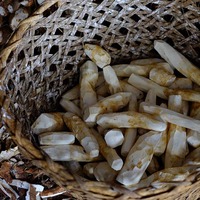
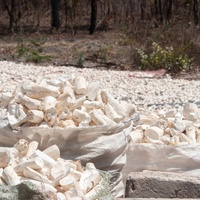
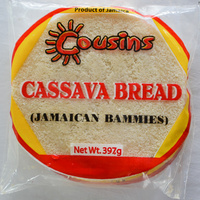
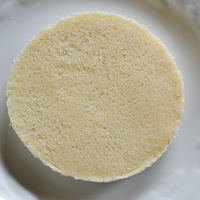
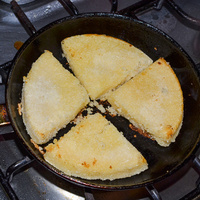
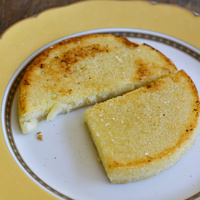
.5791.thumb.jpg)
